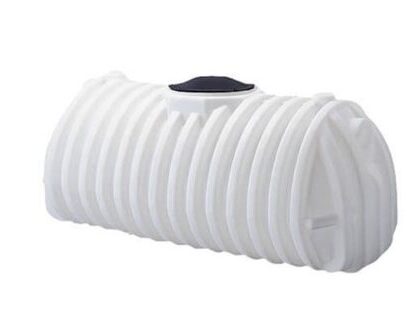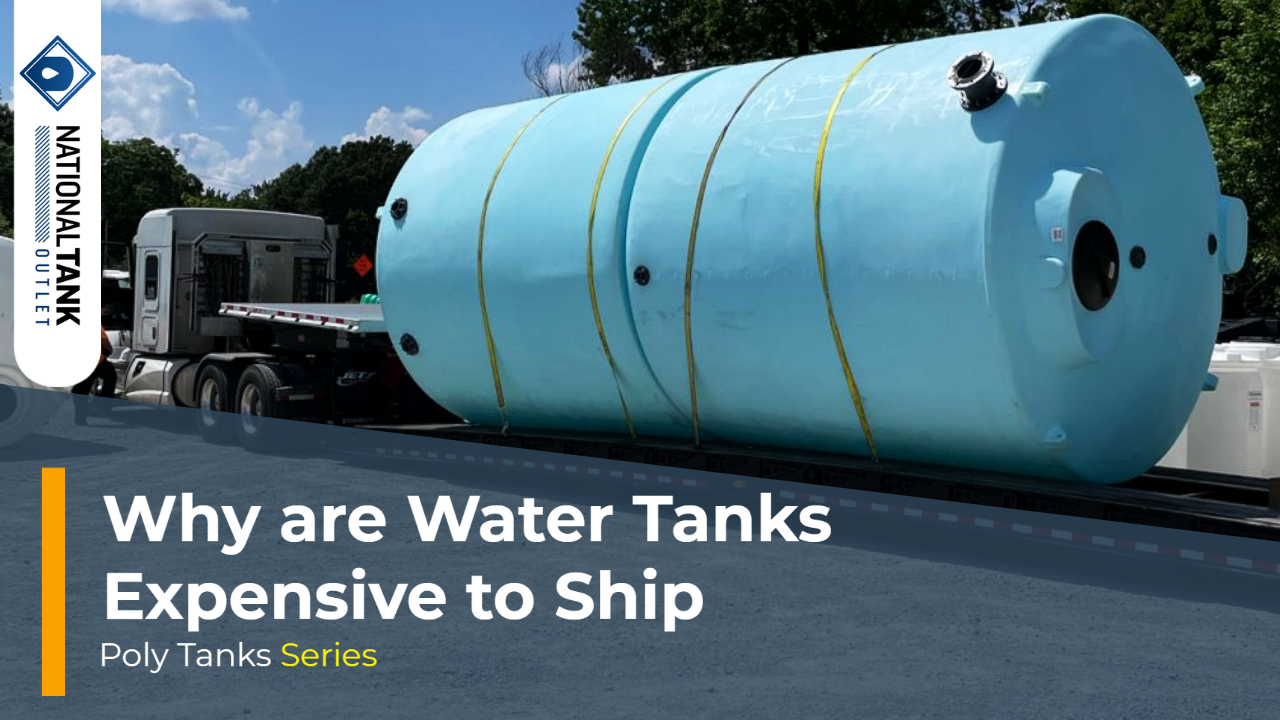
Common questions when purchasing a poly water tank are what the shipping cost will be and then, why are water tanks expensive to ship. When discussing water tanks and the cost of shipping, we are referring to all types of polyethylene-built plastic water tanks. Example tank types include vertical water tanks, underground cisterns, rainwater collection containers, portable water tanks, and leg tanks. The price of shipping one of these new water tanks will depend on the product’s specifications and how the tank will be shipped based on those specifications.
To understand why water tanks are considered expensive to ship, let’s first look at how they are commonly shipped after purchase, then we’ll look into the factors that affect transit costs.
How are Water Tanks Shipped
For water tanks, there are three options available for how the products will be shipped and handled and that directly relate to how much it will cost. The three shipment options for a water tank are parcel freight, LTL freight, and FTL freight.
Parcel Freight
Parcel freight refers to traditional shipping and handling and is what most consumers are familiar with. Example parcel freight providers include UPS, FedEx, and the USPS. Parcel type delivery services are often limited to packages and product cargo that weigh less than 100 lbs.
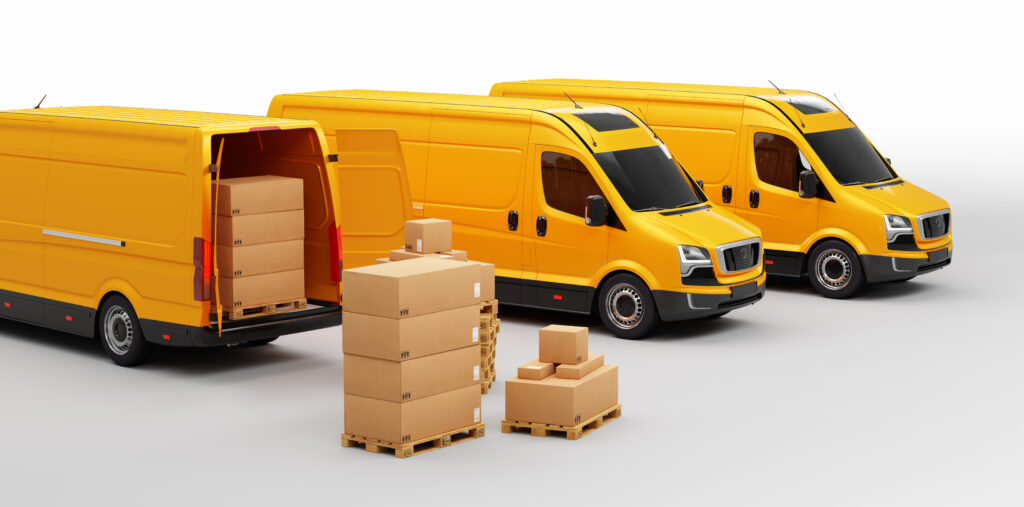
There are size limitations too, but size and weight tend to go hand-in-hand. Parcel services are the cheapest of the three available options for water tank shipping, but will be unavailable for most water tank products over 100 lbs.
LTL Freight
To define LTL freight, LTL is short for “less than load” and refers to semi-truck and flatbed trailers that are not carrying a completely full load of cargo for delivery. Long-haulers such as semi-trucks and flatbeds have a maximum load capacity determined by the length of the trailer and towing capability of the vehicle. Whenever a transport truck is hired to ship cargo at less than full load, it will be considered LTL freight.
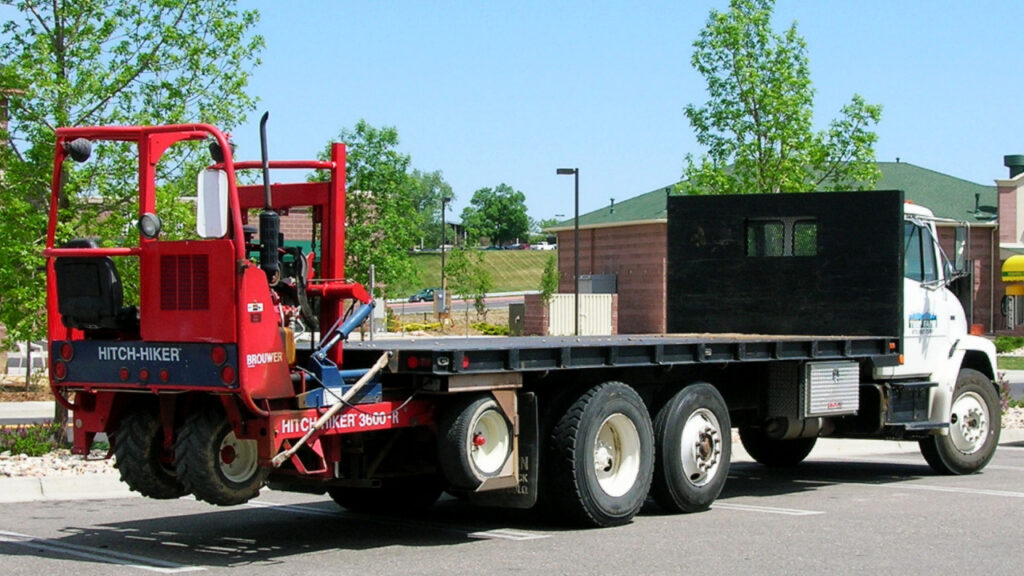
LTL freight carriers are hired whenever a company needs to ship a product, such as a water tank, that is too large or too heavy for parcel delivery. This method of shipping and handling will cost more than parcel delivery services. The reasons are due to the overall smaller quantity of cargo being handled, the distance traveled, and fuel surcharges. However, some costs are usually saved as LTL freight companies use a specialized transit network and distribution centers to limit one-way distances. While this can decrease costs, it can also increase shipping times.
FTL Freight
To define FTL freight, FTL is short for “full truck load” and is used to refer to long-haul carrier trucks hired to carry cargo at their truck’s full load. Whenever a transport truck is hired to ship cargo that maxes out the vehicle’s capacity, it will be considered FTL freight.
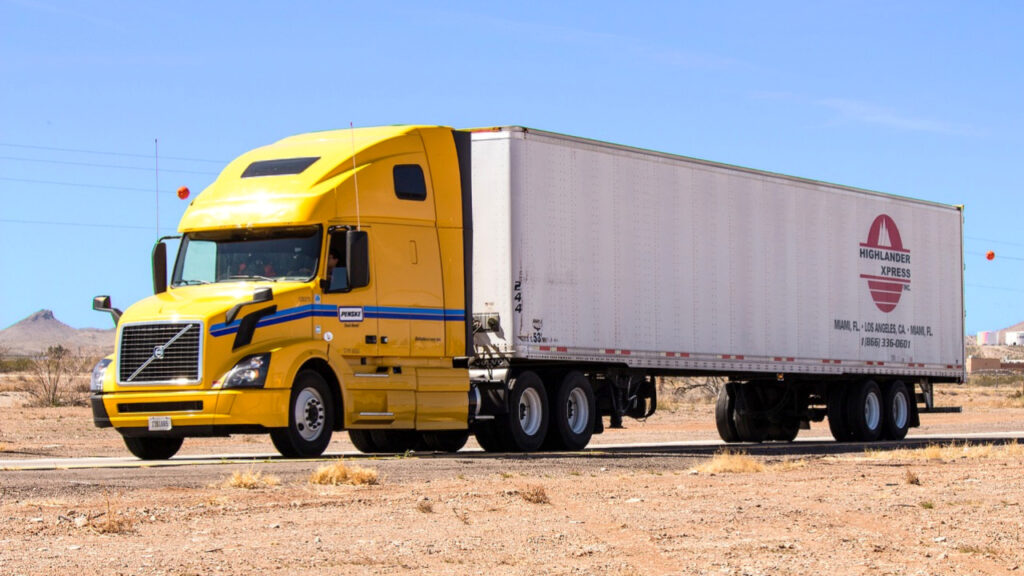
Compared to LTL, FTL freight is sometimes cheaper as the shipping and handling is performed under a different logistics network dedicated to full truck loads. Most often, water tanks will not ship FTL freight as it can be difficult to load a transport truck to full capacity. An exception to this are IBC totes that can be loaded into semi-trucks to reach full-truck-load capacity due to their cubical shape and pallet-like design. Discounts are often available when ordering FTL quantities of IBC totes due to the cost-savings in shipment.
What Affects Water Tank Shipping and Cost
Size and weight are the two main points that affect how a water tank will be shipped and whether it will be transported by parcel or by freight delivery services. Weight is the primary factor that decides whether a water tank will ship via parcel or freight. Water tanks under 100 lbs often ship through parcel carriers while water tanks over 100 lbs often ship through freight carrier networks.
Size and weight also directly affect how much the shipping will cost by either carrier service. A larger and/or heavier water tank will have a greater shipping cost due to the extra cargo space required, vehicle size and hauling capability, and the handling requirements by the shipping company.
Distance from the shipping point-of-origin, i.e., where the water tank is shipped from, to the delivery address is the last variable that can affect a water tank’s shipping cost. The further the delivery destination is from the freight-on-board (FOB) location, the higher the cost will be. The opposite is also true: the closer the destination, the lower the cost will be.
Ways to Lower Water Tank Shipping Cost
There are three ways to lower water tank shipping costs.
- Order a nearby water tank
- Pick up the water tank yourself
- Order a smaller water tank
Order a Nearby Water Tank
The first option is to choose and order a water tank that ships as close to your location as possible. We list and recommend this option first as it is often more feasible and with the potential to offer the greatest cost savings. Manufacturers and distributors of water tanks often have multiple distribution centers that are sometimes strategically placed across the country in an effort to lower the overhead costs of product shipping as well as to make their products more readily available to their customers.
If a water tank can be purchased that ships from a state or location that is closer to where it is needed, money will be saved on shipping costs. Even if this means selecting a water tank that is a different capacity or even a different type than what is wanted. The result can be a lower total acquisition cost and faster delivery.
Pickup the Water Tank Yourself
The second option is to personally pick up the water tank at the shipping point of origin, the distribution center or manufacturing facility, and then transport the tank yourself. This option is second and less recommended than ordering a closer tank as it may not always be available and may not be feasible, or even allowed, for very large capacity water tanks. Self-fulfilled water tank orders will require a vehicle with enough cargo space or a trailer and enough towing power to handle the product. A way to safely secure the tank during transport will also be required.
Order a Smaller Water Tank
Ordering a smaller capacity water tank will almost always save on shipping costs, especially if the size and weight change is enough to change the product’s shipping class. This option may not always be feasible since many times a specific capacity water tank is needed. If a lower volume water tank or multiple tanks can be ordered instead of one large volume product, there will very nearly always be a cost savings.
Takeaway | Why are Water Tanks Expensive to Ship
Water tanks are many times expensive to ship because they are too large, heavy, and differently-shaped and cannot fit in a box for flat-rate ground shipping. Even smaller tanks that can be shipped UPS ground incur extra charges due to the size, shape, or weight of the water tank. Water tanks that are too large for parcel-type shipment must be handled by independent LTL or FTL freight companies which incurs larger costs due to logistics and transport requirements.
As America’s liquid tank superstore, we have a nationwide shipping network with many distribution locations throughout the country. We have long-established relationships with top-performing, professional freight companies to secure both reliability and lower costs. For more information on the topic of purchasing, shipping, and receiving a poly water tank, consider our article How to Order and Receive a Poly Storage Tank.
As a leading provider of polyethylene water tanks and more, you can rest assured you are getting the lowest price and the most reliable and quickest shipping of these products available. If you have further questions or would like assistance in product selection, contact our support experts today.
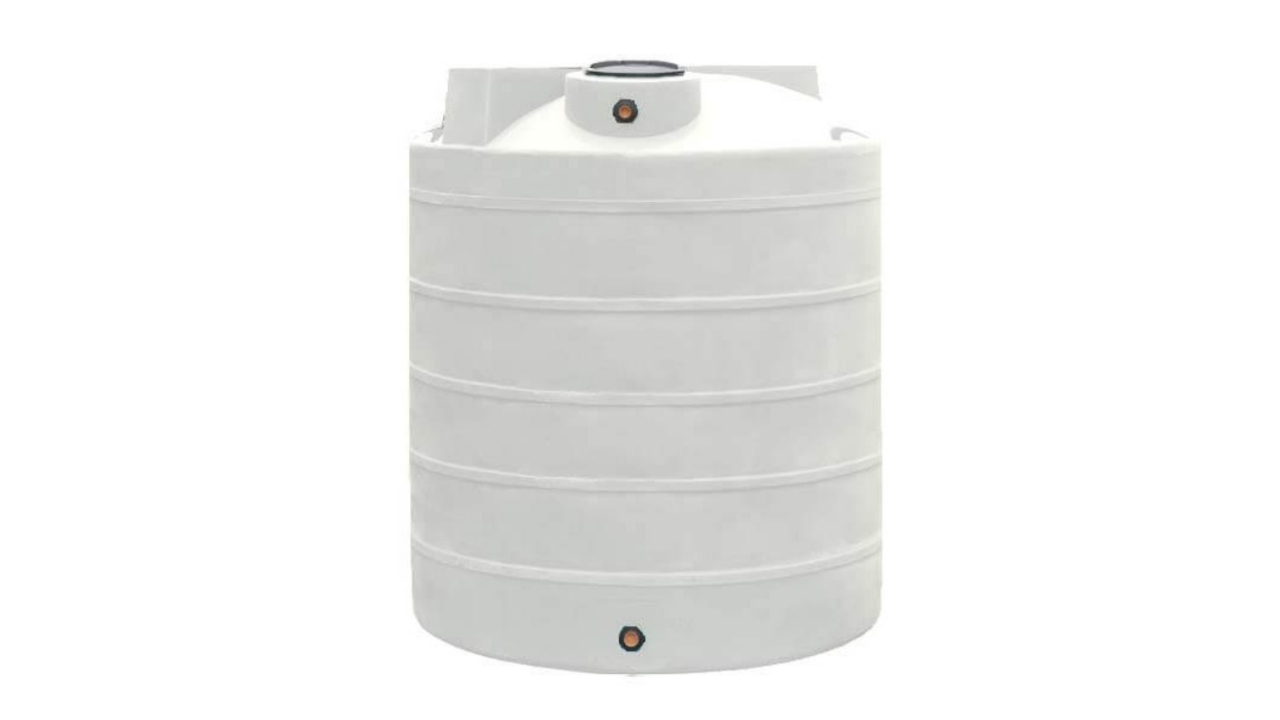
Poly Water Tanks
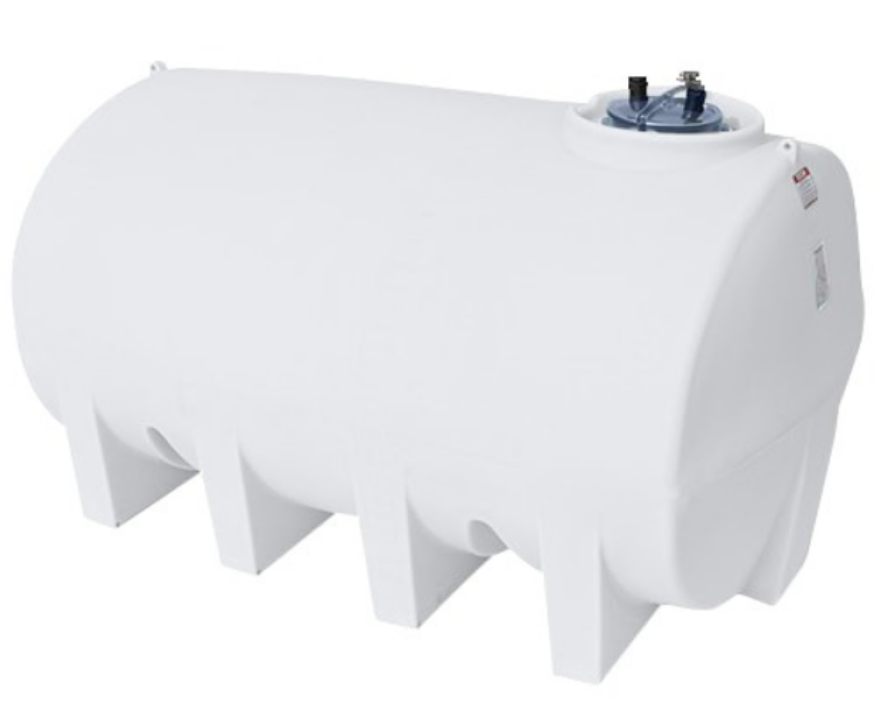
Portable Water Tanks
